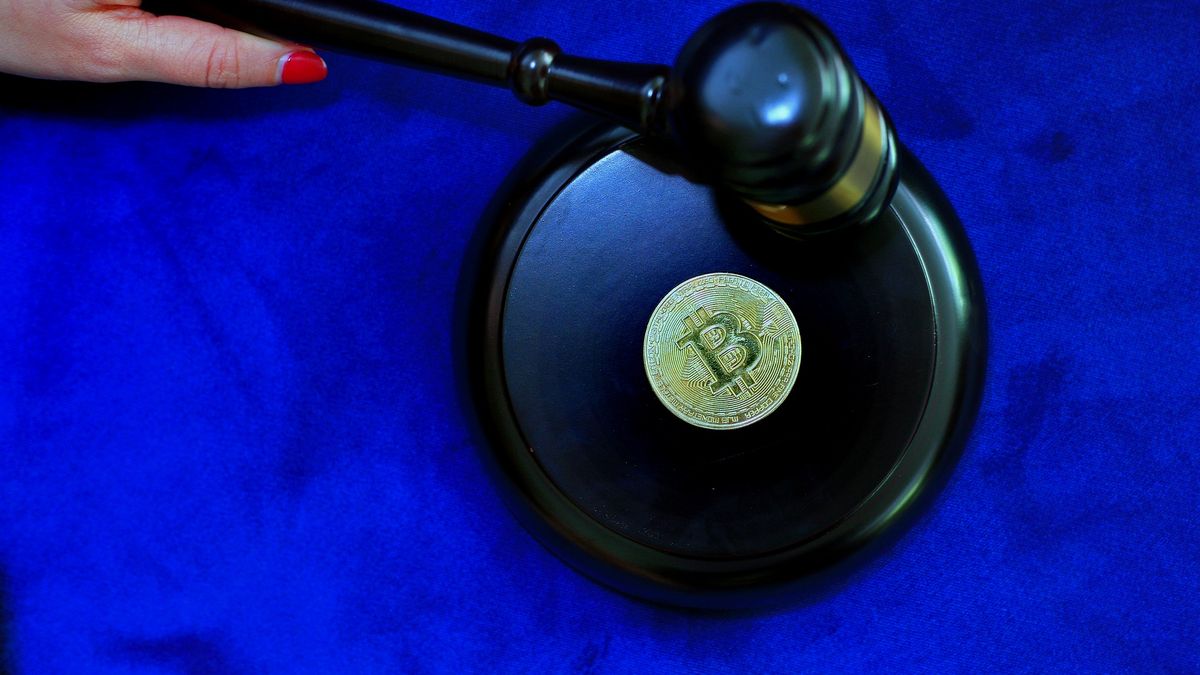At the end of July, Bitcoin was in a strong downtrend, close to $ 30,000. I commented, at the time, that it made no sense to be bought.
How did it make no sense, if then it went up more than 100%? Precisely, following trends is not about the “buy and pray” method. Trading in favor of the trend means having a probabilistic advantage and reducing uncertainty.
This is what I said (sic): “For those who are outside, the recommendation is the following: do not buy any asset that is not in an uptrend. If they want to do it, they can, and they can easily do well. But they are not playing the odds in their favor. And doing that consistently, over time, ends badly. “
Just as I mentioned that it was dangerous to be bought with the bitcoin near USD 30,000, I also commented the following: “If the bitcoin exceeds USD 40,000 and begins to point to the all-time highs, only then will we have to think about buying. But at the moment we are not there. “
Right here we are comparing two methods:
- Buy and pray: this method does not analyze what the prices are saying, but rather buy and hold, without using a stop loss. If the chosen asset keeps falling, you think about buying more. This method is not consistent with a solid long-term strategy.
- Trend-following: is a method that simply consists of buying what goes up and selling what goes down, always using stop-loss, since no one guesses the future. There will be many trades that will turn out to be losers, of course, but the important thing is to quantify how much you win when you get it right and how much you lose when you don’t. This method does work to be profitable.
I leave you the graph of the price of bitcoin:
bitcoin-graph-boggiano.jpg
I reiterate what I have said. At the end of July there was no point in being bought in bitcoin. When did it make sense, probabilistically speaking? When it exceeded $ 40,000. Why? Because prices were telling us that the trend was upward.
Moving averages help us detect trends. There are two moving averages on the chart: the 20-day (orange line) and the 50-day (blue line). They guide us for the future. If we look at the chart, when the 20-period moving average exceeded the 50, it indicated that the short-term trend was bullish. That crossover happened in early August, when bitcoin was trading at $ 40,000. There were reasons to buy there.
Clearly, the one who bought at $ 30,000 had a greater profit than the one who did it at $ 40,000. Should we congratulate him on that? Not at all, since he behaved like a mere gambler. The one who follows this method will be destined to fail, even though he can succeed in some operations.
It is worth clarifying the following: blockchain technology is a huge innovation, without a doubt. But that’s true with bitcoin at $ 60,000, $ 100,000, or $ 15,000. The goodness of the innovation does not vary by the price of bitcoin. The technology will endure as it is totally cutting edge.
Buying bitcoin (or another cryptocurrency) and holding on without any kind of contingency plan, in case the trade does not go as planned, it is a mistake. Beyond how incredible and revolutionary some projects are, you cannot resort to the “buy and pray” method.
Bitcoin is one more asset in the financial world, in which trend-following can be done. Using this method is consistent with being profitable in the long term, controlling risk.
Finally, are you interested in knowing what can happen to commodities, bonds and stocks? We invite you on November 3 to the Financial Charter Investment Online Congress, in which 7 professionals from 6 countries will exhibit, to give you their vision of 2022. It is a free event, you cannot miss it. Here is the registration link: https://marketing.cartafinanciera.com/congreso-online-inversiones-2021?utm_medium=referral&utm_source=ambito&utm_campaign=institucional&utm_term=bitcoin_25_10_21&utm_content=criptomonedas




